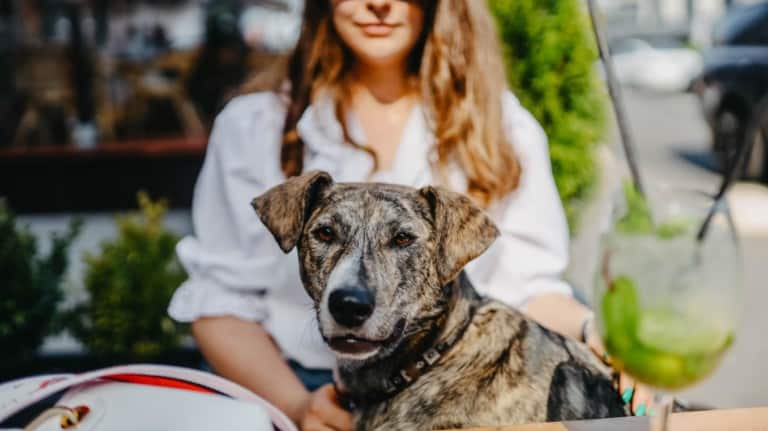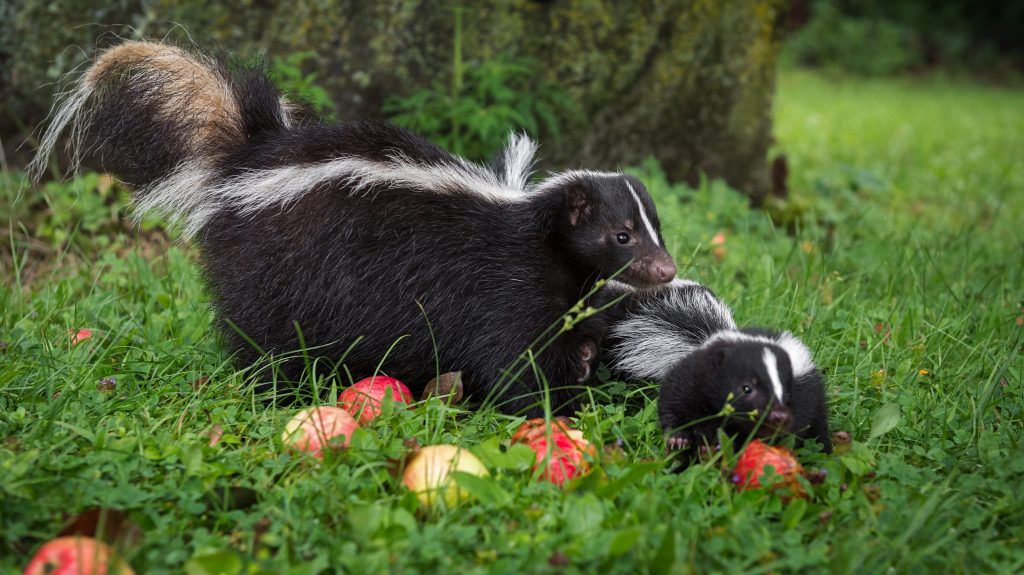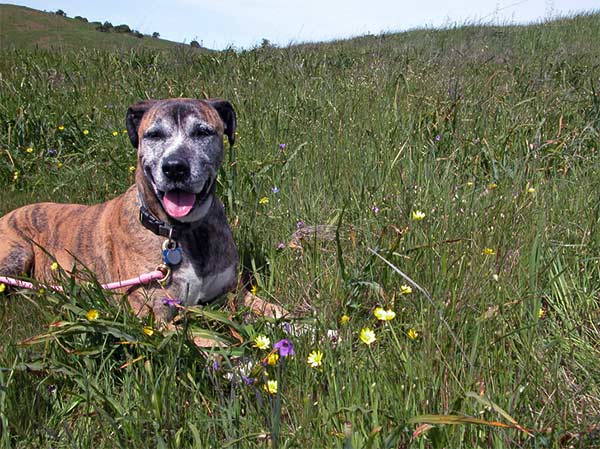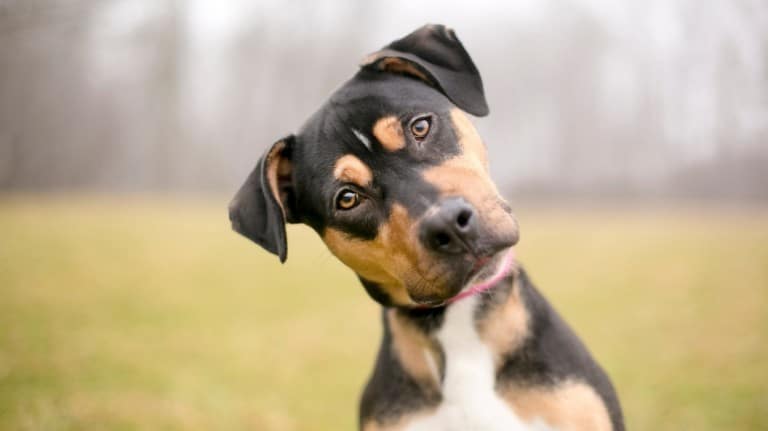By Dr. Shannon Leggieri, DVM, MS of Claremont Veterinary Hospital, Oakland.
“Your dog ate what?!” This sentence is uttered in disbelief by veterinarians and veterinary staff every day. Pica is a medical term referring to the act of seeking out and eating non-food items. It is a serious, common and sometimes life-threatening condition often faced by dog owners and their veterinarians.
Depending on the item and amount ingested, size and overall health of the dog, and time to treatment, outcome can vary greatly. One of the most important concerns with pica is gastrointestinal (GI) obstruction. If GI obstruction occurs, food can not pass. Left untreated, life-threatening GI perforation (or tear) can result. Hence it is critical to understand how to avoid pica and recognize the signs that pica has occurred to intervene quickly.
The most common signs of pica are vomiting, drooling, anorexia, diarrhea, dark or tarry stool, lethargy, and/or abdominal pain. Some behaviors such as boredom, depression and anxiety can lead to pica. Some underlying disorders like inflammatory bowel disease, malnutrition, iron deficiency, or hyperthyroidism can also contribute. Certain medications, steroids and anticonvulsants in particular, can cause an increased appetite resulting in pica. It is vital to communicate a thorough history with your veterinarian to dictate appropriate diagnostics. Any witnessed ingestions of foreign objects or missing items should be conveyed.
If obstruction is suspected, your veterinarian will likely recommend abdominal x-rays and/or ultrasound. If the suspicion is confirmed, retrieval of the object is attempted with either an endoscope (a long camera capable of entering the stomach from the oral cavity) or abdominal exploratory surgery. The technique is chosen based on where in the abdominal tract obstruction is suspected and how large the object is believed to be.
Obstruction is not easily diagnosed, and sometimes endoscopy and exploratory surgery do not result in retrieval of a foreign body. Hospitalization is sometimes recommended following surgery, and follow up visits are often necessary. Your veterinarian may send home anti-nausea or other medications postoperatively.
To avoid pica, keep potentially obstructive items out of your pet’s reach. Do not allow your dog to play with toys or chew up items they may be able to ingest. If you suspect your dog has eaten a non-food item, immediate attention is essential. Contact your veterinarian and communicate your concerns right away. The quicker medication intervention is implemented, the better the outcome for your canine companion.






